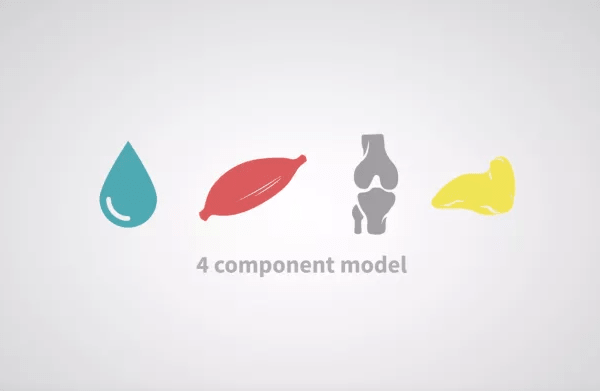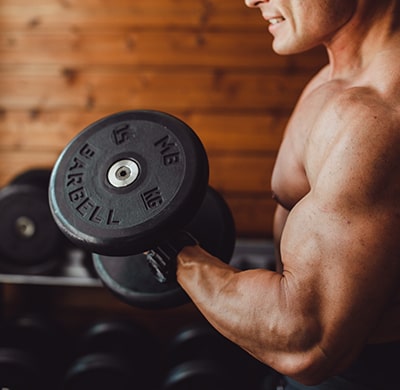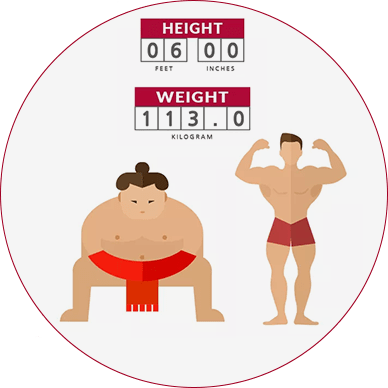What is body
composition? 
Body composition is used to describe the percentages of fat, bone, water, and muscle in human bodies. Two people of same sex and body weight may look completely different from each other because they have a different body composition. Body composition and growth are key components of health in both individuals and populations.
Learn More














 BMI is an outdated method
BMI is an outdated method Focus on body fat percentage instead
Focus on body fat percentage instead
